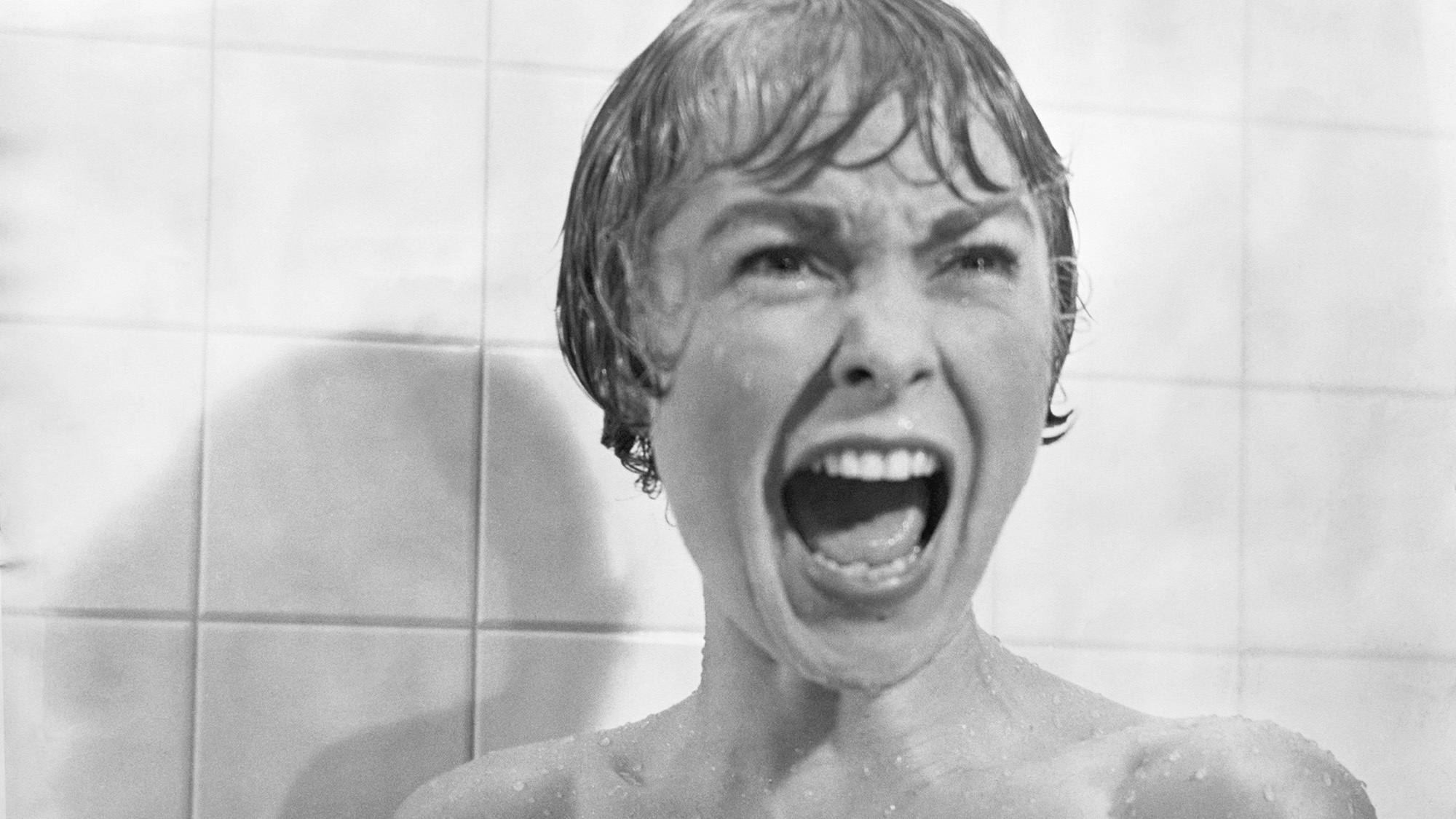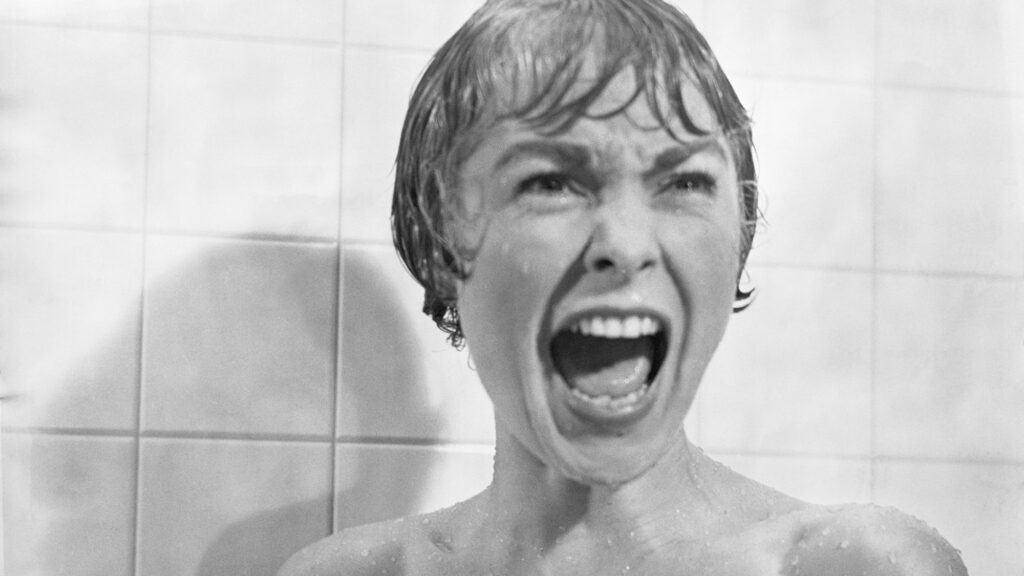[ad_1]

A horror film’s final surviving protagonist creeps through a dark house at night, one hand over their mouth to stifle the sound of their own breathing. They are visibly panicked as they attempt to navigate in the dark and escape the fate that befell the masked slasher’s numerous victims. But it’s a scene that you, the viewer, know all too well. At this point, you feel confidently prepared for the inevitable, maybe even lazy, “jump scare” about to take place on screen.
The killer leaps from a closet, hatchet in hand, as the actor shrieks in time an overly loud burst of music. The audience around you in the theater matches their scream, even as you don’t feel any need to join them. But you still feel that uncomfortable tightening in your chest as the hair on your arms tingle. You even startled in your seat, spilling popcorn onto the sticky floor as your friends commence giggling at you.
The jump scare has gotten the best of you. Again. But don’t feel bad—it’s not your fault. It’s just evolution.
“When we think of some of our spooky sounds, especially in movies… we’re usually thinking first of sounds that are predictable—what’s in our environment, or what’s going on in a movie or show,” says Natalie Calderon Moultrie, an audiologist from Los Angeles. “All of a sudden, if there’s a loud or slightly higher frequency sound, an innate response in us will say, ‘Hey, something’s out of sorts. Pay attention to it. Something isn’t right.’” The jump scare can harness many different auditory or visual tricks, but one of the simplest, most effective ways to take advantage of your instincts is the use of “nonlinear noise.”
“An easy way to think about [nonlinear noise] is it’s an abrupt change in sound,” Moultrie says. “It’s usually going to be something that’s high in amplitude and at a significantly greater volume compared to everything else that’s going on that will cause that distress signal to heighten.” According to Moultire, it helps to think of your reaction to nonlinear noises as if you were some of your earliest ancestors.
“If you’re hunting, your body needs to be aware with all of its senses to know what’s going on in the general environment,” she explains. “But you also have to consider, ‘Is something trying to hunt me at the same time?’ It’s that innate response that our body has from way-back-when.”
One of the earliest studies on this range of physical and psychological responses came in 1932 from two scientists, Carney Landis and William Hunt, who sought to quantify what they ultimately named the “startle pattern.” After recording and examining subjects’ reactions to early 20th century variations on the jump scare, Landis and Hunt then detailed a general sequence of physiological actions that are induced after getting spooked. As Slate helped summarize in 2021, these reactions include a “blinking of the eyes, head movement forward, a characteristic facial expression, raising and drawing forward of the shoulders, abduction of the upper arms, bending of the elbows, pronation of the lower arms, flexion of the fingers, forward movement of the trunk, contraction of the abdomen, and bending of the knees.” What’s more, all of this occurs in less than a second to physically protect humans—while also preparing them to literally run for their lives, if needed.
Think of it this way: as soon as your brain registers a startling sound or image, you blink within 30-50 milliseconds to protect your eyes from injury. After that, they widen to expand your visual field to assess for any threats as your eyebrows raise to help with the task. If you let out a yelp—or even just open your mouth in surprise—you immediately then inhale additional oxygen in case it’s time to literally run for your life. Meanwhile, stores of adrenaline and noradrenaline flood your bloodstream to increase your heart rate and begin sweating to prepare itself for a quick getaway.
Basically, the startle response is really just your lizard brain trying to do you a favor. There may even be therapeutic benefits to enduring a jump scare by potentially helping people learn to process and handle fear. So the next time a horror movie gets the better of you, don’t feel embarrassed or annoyed. If anything, it should be a reminder that you’re evolutionarily prepped for real danger, should it ever arrive.
This story is part of Popular Science’s Ask Us Anything series, where we answer your most outlandish, mind-burning questions, from the ordinary to the off-the-wall. Have something you’ve always wanted to know? Ask us.
[ad_2]
Source link

